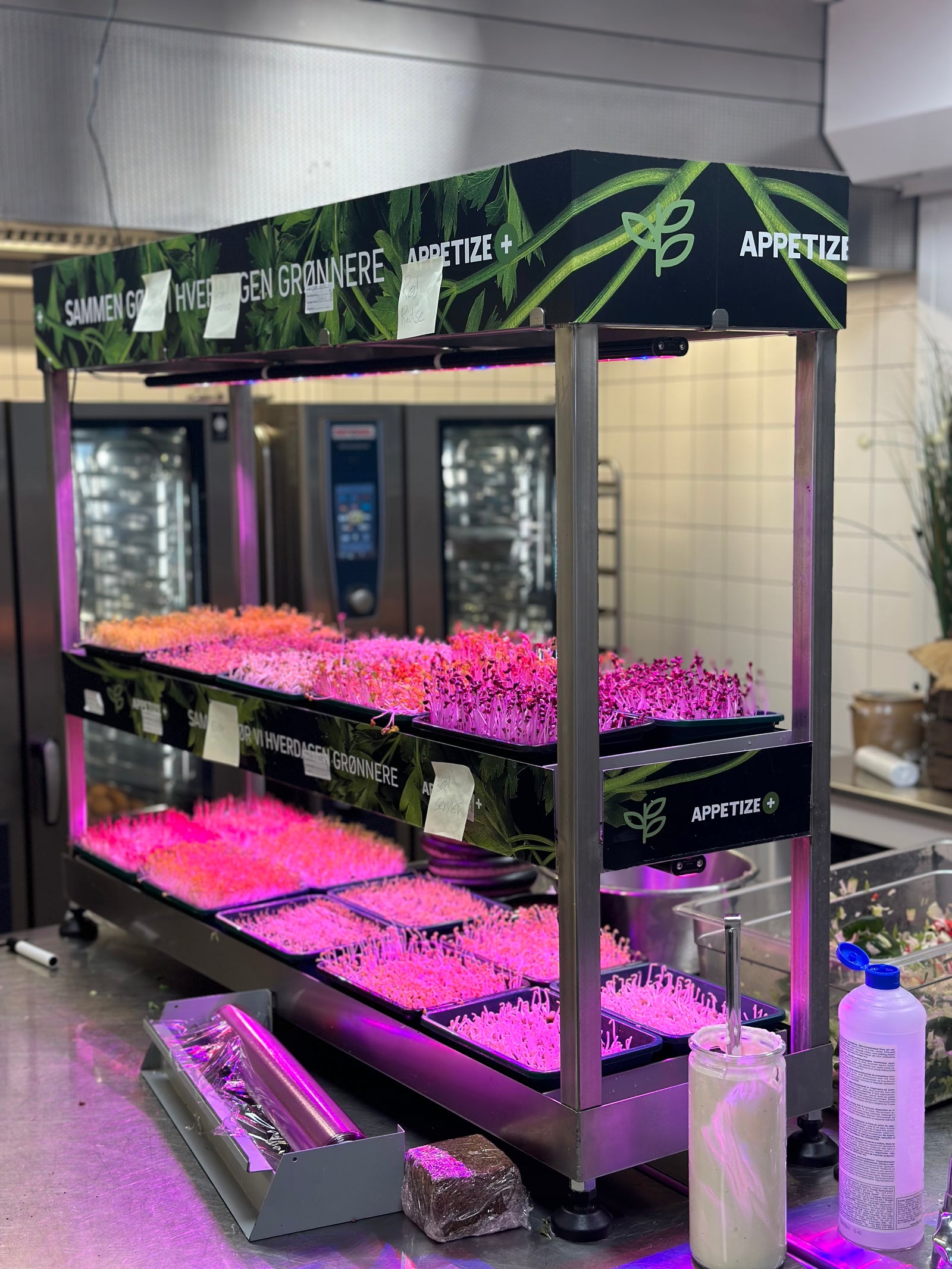Indoor Farming and Local Food Systems

Indoor farming has emerged as a promising solution for enhancing local food systems and reducing food miles. By producing fresh, nutritious food within urban or suburban areas, indoor farms can strengthen local economies, improve food security, and contribute to a more sustainable food system.
Key Benefits of Indoor Farming for Local Food Systems
Increased Food Access: Indoor farms can provide a reliable source of fresh, local produce, especially in areas with limited access to traditional agriculture.
Reduced Food Miles: By producing food closer to consumers, indoor farms can significantly reduce transportation distances, lowering carbon emissions and ensuring fresher products.
Job Creation: Indoor farming can create local jobs in areas such as farming, technology, and food processing, supporting economic development.
Community Engagement: Indoor farms can foster community engagement by providing opportunities for education, volunteer work, and direct access to locally grown food.
Resilience to Disruptions: Indoor farms are less susceptible to supply chain disruptions caused by weather events or other factors, ensuring a more reliable food source.
Challenges and Opportunities
Initial Investment: Setting up an indoor farm can require a significant initial investment in equipment, technology, and infrastructure.
Energy Consumption: Indoor farming can be energy-intensive, particularly for lighting and climate control.
Scalability: Scaling up indoor farming operations to meet large-scale demand may present challenges.
Consumer Acceptance: Increasing consumer awareness and acceptance of indoor-grown produce is essential for the success of local food systems based on indoor farming.
Successful Examples of Indoor Farming and Local Food Systems
Urban Farms: Many cities have seen a surge in urban farms, utilizing spaces like warehouses, basements, or rooftops to grow fresh produce for local communities.
Community-Supported Agriculture (CSA) Programs: Indoor farms can participate in CSA programs, allowing consumers to purchase shares of their produce directly from the farm.
Farmers Markets: Indoor farms can sell their produce at local farmers markets, connecting directly with consumers and supporting the local economy.
Conclusion
Indoor farming offers a valuable tool for strengthening local food systems and reducing food miles. By providing a reliable source of fresh, locally grown produce, indoor farms can contribute to food security, economic development, and environmental sustainability. As technology continues to advance and consumer awareness grows, we can expect to see even more innovative and successful examples of indoor farming in local food systems.


